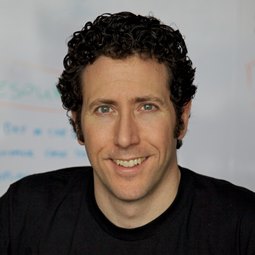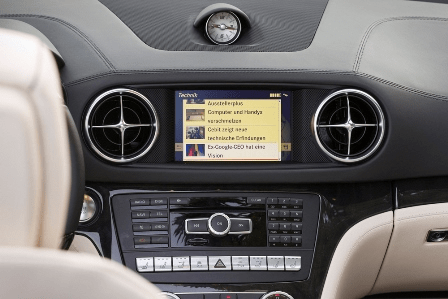Cloud-based CRM maker Salesforce.com is making a play for the lucrative wearable technology market with the rollout of a package of sample applications for leading tech togs including devices made by two Canadian start-ups.
With its Salesforce Wear initiative, the software company is partnering with Thalmic Labs, the Kitchener, Ont.-based maker of the Myo gesture controlled armband; and Bionym Inc., of Toronto which created the Nymi, a wearable biometric recognition system. Salesforce has also joined forces with American start-up Pebble Technology Corp., known for the Kickstarter darling Pebble smart watch created by University of Waterloo student Eric Migicovsky; Google Inc., Samsung, Motorola and ARM Holdings.
At this point Salesforce Wear activities are focused in the release of applications for wearable devices, according to Daniel Debow, senior vice-president at Salesforce.com.

Daniel Debow
“Salesforce wants to evangelize and accelerate wearable device adoption,” said Debow who was co-founder of social performance management platform firm Rypple which was acquired by Salesforce in 2012.”To this end, we are releasing six starter-apps for several well-known wearable devices.”
The apps in the Salesforce Wear Developer Pack are meant for the Myo, Nymi, Pebble, Google Glass, the Samsung Gear 2, Android Wear-based smarthwatches, Fitbit, heat and fitness monitoring devices, ARM IP wearables, OMsignal biometric and fitness tracking devices and sensors for wearable devices developed by Philips.
The pack is available to app developers for free so that they can use the company’s customer data, ecosystem support, references and application codes to connect devices to the Salesforce 1 platform.
Access to something like this is a hurdle for app developers who want to branch out into the wearable technology space, said Debow. “But we are opening it all up to developers, so they can take the code, copy and paste it and come up with creative applications.
He sees several scenarios where Salesforce Wear can help developers create applications:
Connected 1:1 experiences – Development of wearable devices that seamlessly connect user data destinations and other information that can facilitate stuff like hotel bookings, amusement park entrance fees and rides or loyalty programs
Contextual aware sales apps – Wrist worn devices that can provide information traditionally obtained from smartphones and laptops
Assistance for service technicians – Head-worn devices like Google Glass or smartwatches can provide service technicians hands-free access to schematic diagrams, location information of parts and equipment and even connection to another expert
Salesforce is not limiting itself to app development. “In the near future, we will also be hosting hackathons, developer community events and contests geared towards finding the killer wearable technology app,” said Debow.
There is a healthy interest in wearable technologies in Canada, according to the recent study by analyst firm IDC Canada.
The survey found that 18 per cent of respondents were interested in wearables that track health and performance information while exercising and 10 per cent were interested in devices like the Google Glass.





